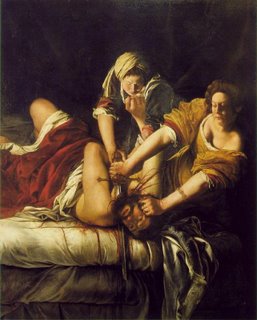Blogging sites
To get started blogging, here are some links to different sites that can help you blog.
Typepad is one of the blog services that allows subscriptions for unlimited blogs. Schools can purchase a subscription from Six Apart for approximately $150 per year. Through this service, you can select a web-based blogging service that allows you various amounts of control over the blogs.
Harrison High School has the entire faculty using blogs. (Constructed with Moveable Type from Six Apart.) This is a link to our school website. From there you can link to faculty blogs and then directly to my personal blog. You can see how I use my faculty blog to post assignments, weekly plans, unit plans, and update parents. We do not allow for responses on our blog which is why I use the Blogspot site for my primary source analysis.
Blogspot (which is what I have used here and for my other blogs) is a free service that an individual can use. It has less authoring control and free public access but it is free.
Edublog is a link to award winning blogs by educators if you wish to see how other educators use blogs.


